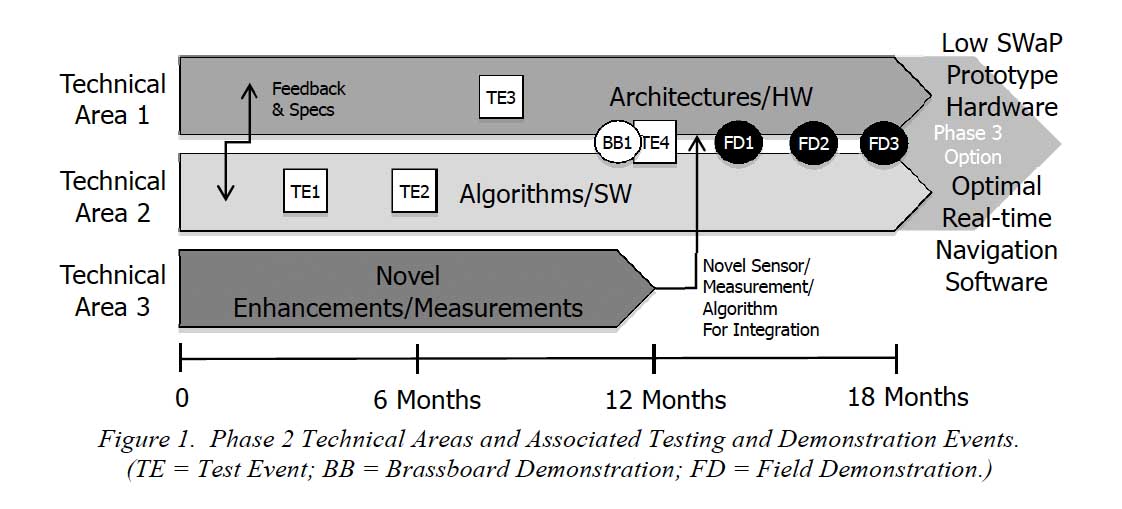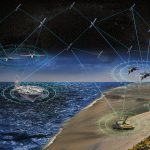Redwire Corporation, listed on the NYSE as RDW, has been selected by the Defense Advanced Research Projects Agency (DARPA) to contribute to its 10-Year Lunar Architecture (LunA-10) study. The study aims to explore and develop technologies for future commercial lunar infrastructure. Redwire’s involvement in this project underscores its role in space infrastructure development for the burgeoning space economy.
The focus of Redwire’s participation in the LunA-10 study is to research and devise strategies for delivering essential services to lunar assets from cislunar space. This includes addressing critical needs such as high-speed communications and Position, Navigation, and Timing (PNT). Establishing a constellation of cislunar orbiting platforms to provide comprehensive services and wide lunar coverage is deemed crucial for nurturing a thriving commercial lunar ecosystem. Leveraging its expertise in space mission design, RF systems, and space structures, Redwire aims to contribute significantly to this initiative.
Al Tadros, Chief Technology Officer at Redwire, expressed pride in being chosen by DARPA for this role. He emphasized Redwire’s extensive experience in various facets of lunar infrastructure technology, from RF systems to in-space servicing, assembly, and manufacturing. Tadros believes this positions Redwire at the forefront of fostering a robust economy not just on the Moon but also beyond.
Collaborating with the LunA-10 team, Redwire will work on developing a cislunar architecture focusing on three key areas outlined by DARPA: Transit/Mobility, Energy, and Communications. Initial findings from this endeavor will be shared publicly at the Lunar Surface Innovation Consortium Spring Meeting scheduled for April 2024.
This project adds to Redwire’s expanding array of lunar infrastructure initiatives. The company has been actively utilizing its expertise in mission design, RF systems, power systems, vision systems, space structures, and in-space servicing, assembly, and manufacturing to contribute to the development of lunar infrastructure.
Earlier milestones include Redwire being awarded a $12.9 million NASA Tipping Point award in July. This funding aims to prototype technology essential for constructing critical infrastructure like roads and landing pads on the lunar surface. Moreover, Redwire’s Roll-Out Solar Array (ROSA) technology is set to power Astrobotic’s Lunar Vertical Solar Array Technology (LVSAT) program. This initiative is expected to provide essential power for missions on the Moon, starting with NASA’s Artemis program, catering to the energy needs of habitats and other lunar infrastructure.






